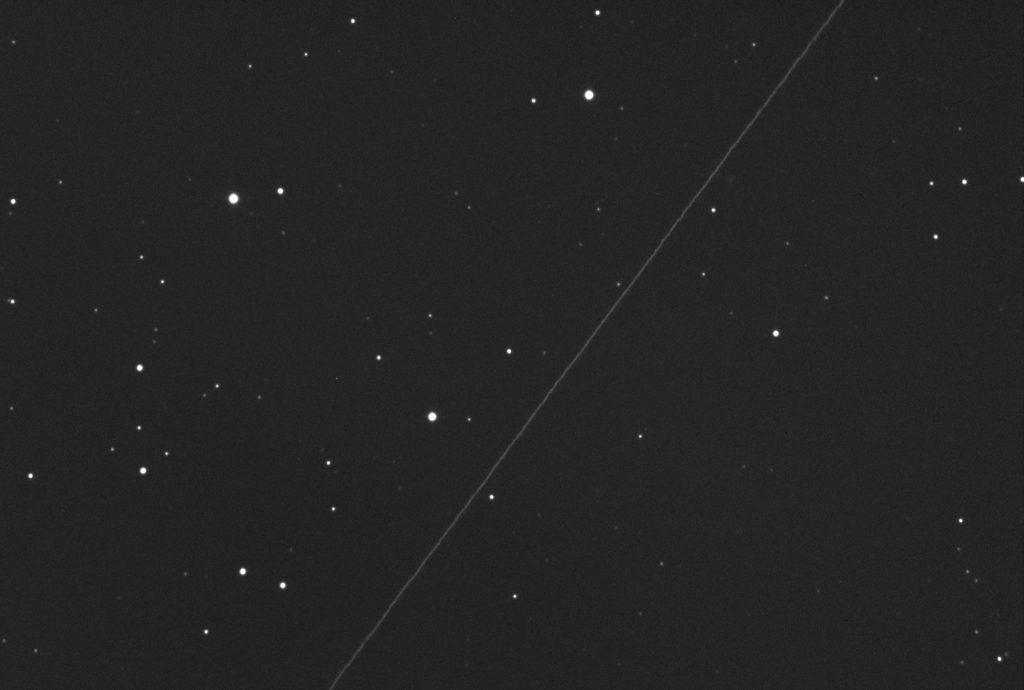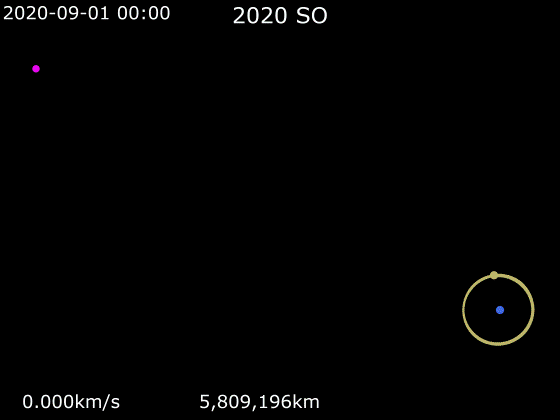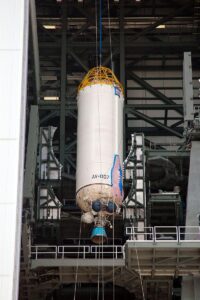The European Space Agency(ESA) launched its JUICE mission to Jupiter on the 14th of April 2023. Its ultimate targets are the icy moons of Jupiter, hence the JUpiter ICy moons Explorer moniker. But its first planetary target is not Jupiter. First off, it is heading for the Earth. In fact, Jupiter will only be its 5th planetary encounter. The space craft will get a velocity boost from Earth in August 2024, Venus in August 2025, another from Earth in September 2026 and the final Earth gravity boost in January 2029. Only then will the JUICE spacecraft have enough energy to make the trek all the way to Jupiter. It will arrive at its final destination in July 2031.
The mission’s purpose is to investigate the possibility of habitable environments on the three Jovian moons that are suspected to have significant amounts of liquid water beneath their surface ice: Ganymede, Callisto and Europa. To that end the mission carries a suite of science instruments contributed by Japan, France, the US(NASA), Germany, Italy, the UK, Sweden, and the Netherlands.
This animation is a set of ten 60 second images taken on the evening of the 14th. I hope to get additional imagery of the JUICE spacecraft on each of the 3 Earth gravity assist passes.


